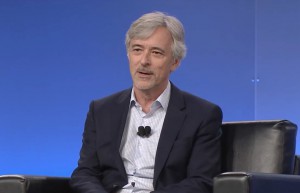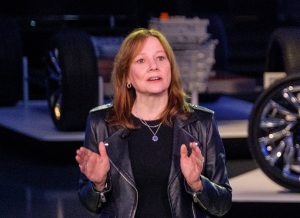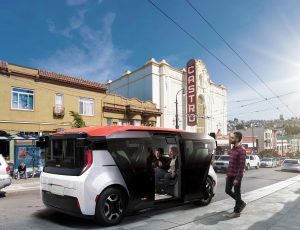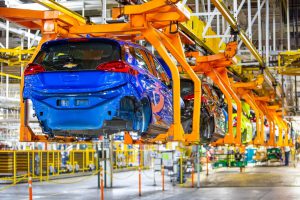
Waymo CEO John Krafcik is way gone, announcing his departure and the company’s plans to move the current COO and CTO into the role of co-CEO.
Add “former” to the title of Waymo CEO John Krafcik, who announced today he’s left the company.
The former Hyundai Motor America chief spent five years heading up the autonomous vehicle subsidiary of Google, which, according to his farewell on LinkedIn, “was called ‘Chauffeur’ internally.”
Tekedra Mawakana and Dmitri Dolgov, of whom Krafcik said “having seen their brilliance, vision, and commitment in play for years — I assure you they are very well suited for this,” take over as co-CEOs of the Mountain View, Calif.-based AI-focused company. As is often the case with senior executives, Krafcik will stay on in an advisory capacity.
“So now, with the fully autonomous Waymo One ride-hailing service open to all in our launch area of Metro Phoenix, and with the fifth generation of the Waymo Driver being prepared for deployment in ride-hailing and goods delivery, it’s a wonderful opportunity for me to pass the baton to Tekedra and Dmitri as Waymo’s co-CEOs,” he wrote.
Next steps
Krafcik didn’t offer many details what the future holds, although it could be that he’s uncertain himself. He said he and his wife, Leila, will take a “coupbatical,” which he described as “a refresh period where we look forward to reconnecting with old friends & family, and discovering new parts of the world.
“After that, we’ve got a few ideas for focus and contribution that we’ll flesh out together and share when the time is right. We’ve already relocated to Austin, Texas, and we look forward to seeing some of you there, or on our travels.”
Krafcik once headed up Hyundai’s U.S. operations, helping lead the brand through an image renaissance and a period of rapid growth. He even earned the “Automotive Executive of the Year” in 2013. However, his run there ended in late 2013 after the South Korean automaker declined to renew his contract — despite the accolade.
However, he quickly landed on his feet, taking over as CEO of TrueCar just as the automotive sales and data website was readying to go public. His tenure there was short, however, as he moved on to Waymo, then-Google’s self-driving car project, just a little more than a year later in September 2015.
Dynamic duo
As for the company, Mawakana and Dolgov now step into new roles. Previously the COO and CTO respectively, they are described as having “complementary skill sets and experiences.” Due to the nature of their roles, they’re already accustomed to working together.
Dolgov, who started in autonomy as part of Stanford’s DARPA Urban Challenge team, joined the company in 2009, when it was still referred to as Google’s self-driving car project. Over time, his influence and responsibility grew. He became CTO late in 2016.
Mawakana, joined Waymo as a policy lead. Prior to joining the company in 2017, she led global policy teams at eBay, AOL, Startec and Yahoo, after beginning her career as Washington, D.C.-based law firm Steptoe & Johnson LLP.
/**/





